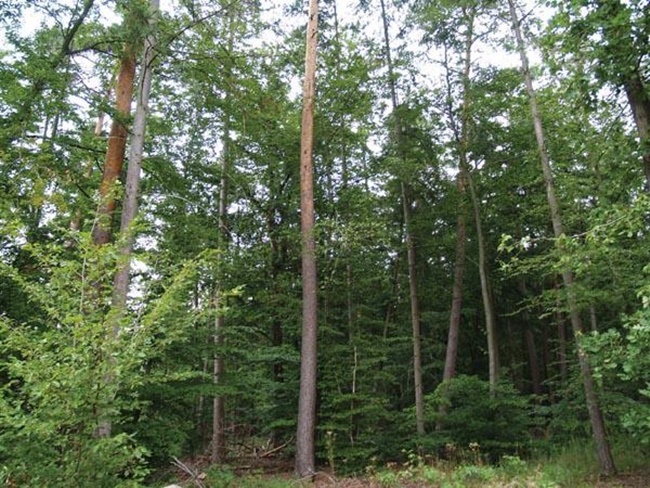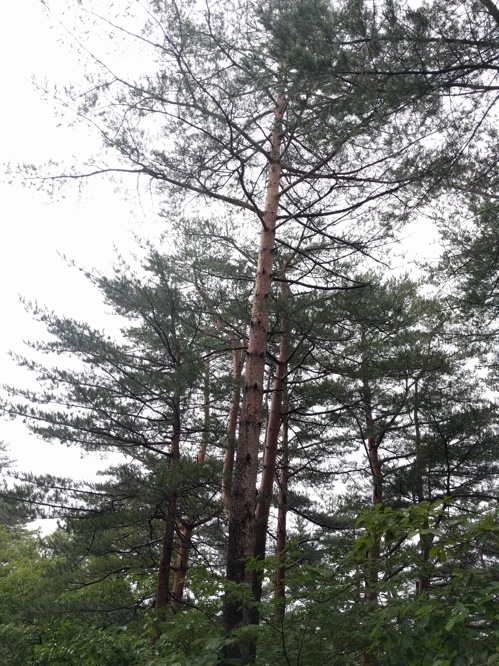
The new technology is known for its high accuracy as the identification process focuses on genetic differences between the two tree species. (Image: KFS)
DAEJEON, March 7 (Korea Bizwire) — The Korea Forest Service (KFS) has developed new DNA analysis technology that can distinguish Korean red pines from Scotch pines that originate in Europe.
The new technology is known for its high accuracy as the identification process focuses on genetic differences between the two tree species.
With over 100 types of pine trees found around the world, the Korean red pine and Scotch pine have significant genetic and physical similarities, making it difficult for biologists to differentiate one from another.
When the patent application process is complete, however, industry sources expect the DNA analysis technology could put an end to the misuse of Scotch pines, which are much cheaper, and have been sold on occasion in the market labeled as Korean red pines.
Typically, Korean red pine trees sell for higher prices, as they have been used to build traditional buildings such as temples, traditional houses and palaces in the past and are still used to reconstruct cultural assets and build hanok, traditional Korean houses.
For instance, a second grade Korean red pine tree that is 21 centimeters in diameter and 3.6 meters in height is priced at around 200,000 won, 1.4 times higher the price of a nut pine and a larch tree, and twice as expensive as a Japanese cedar, a pitch pine tree and an oak tree.

The Korea Forest Service (KFS) has developed new DNA analysis technology that can distinguish Korean red pines from Scotch pines that originate in Europe. (Image: KFS)
Some Korean red pine trees that are over 45 centimeters in diameter are sold for 1 million won per 1 square meter, with larger ones priced at over 10 million won.
On the contrary, Scotch pine trees of the same size are sold at 700,000 won per one square meter, nearly 30 percent cheaper.
“Despite high demand and popularity of Korean red pine trees, a lack of supply for cultural assets and traditional buildings is seeing mislabeled Scotch pine trees distributed in the market. The DNA analysis technology will help secure the transparency and value of Korean red pine trees,” said Lee Jei-wan, a researcher at the KFS.
Hyunsu Yim (hyunsu@koreabizwire.com)






